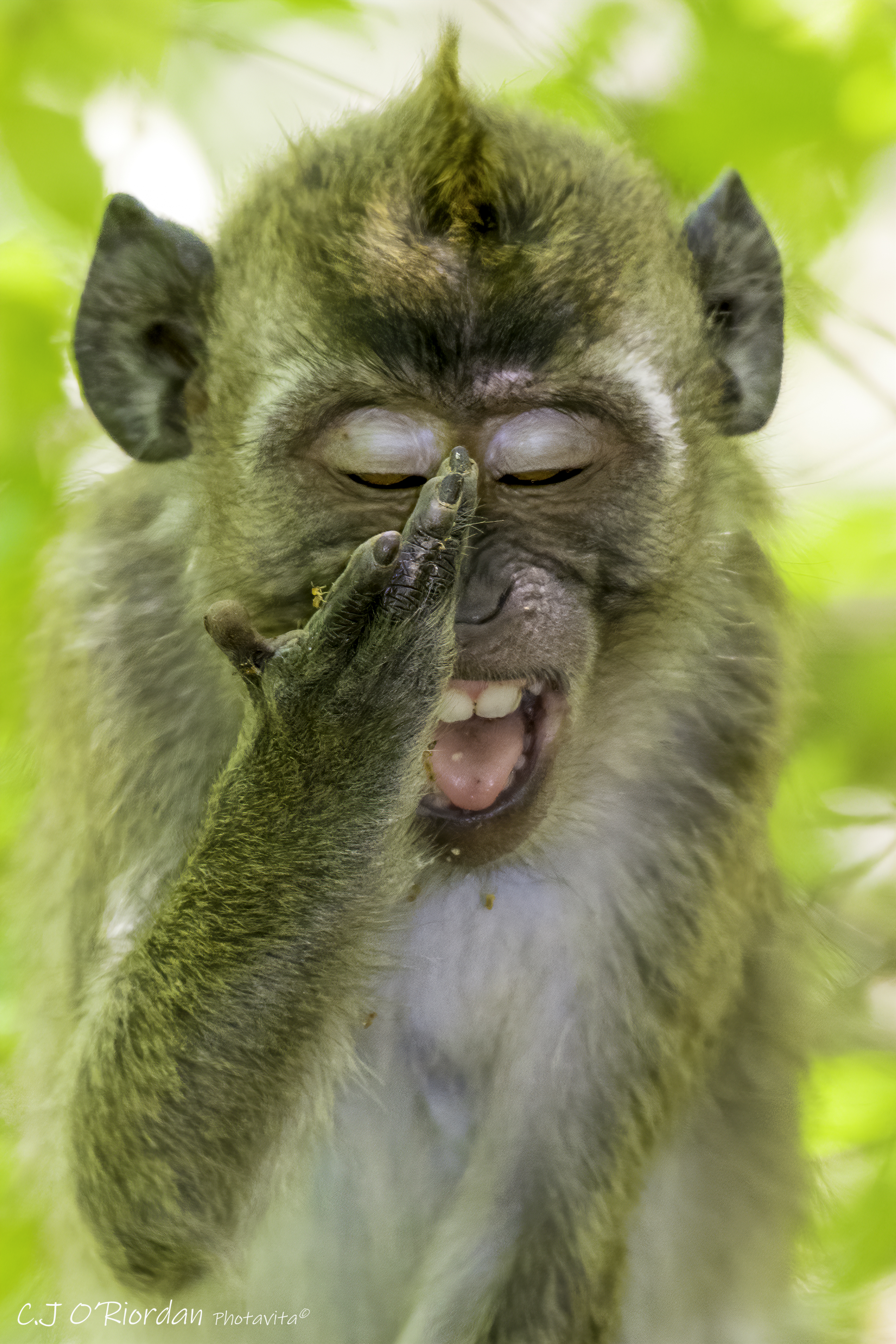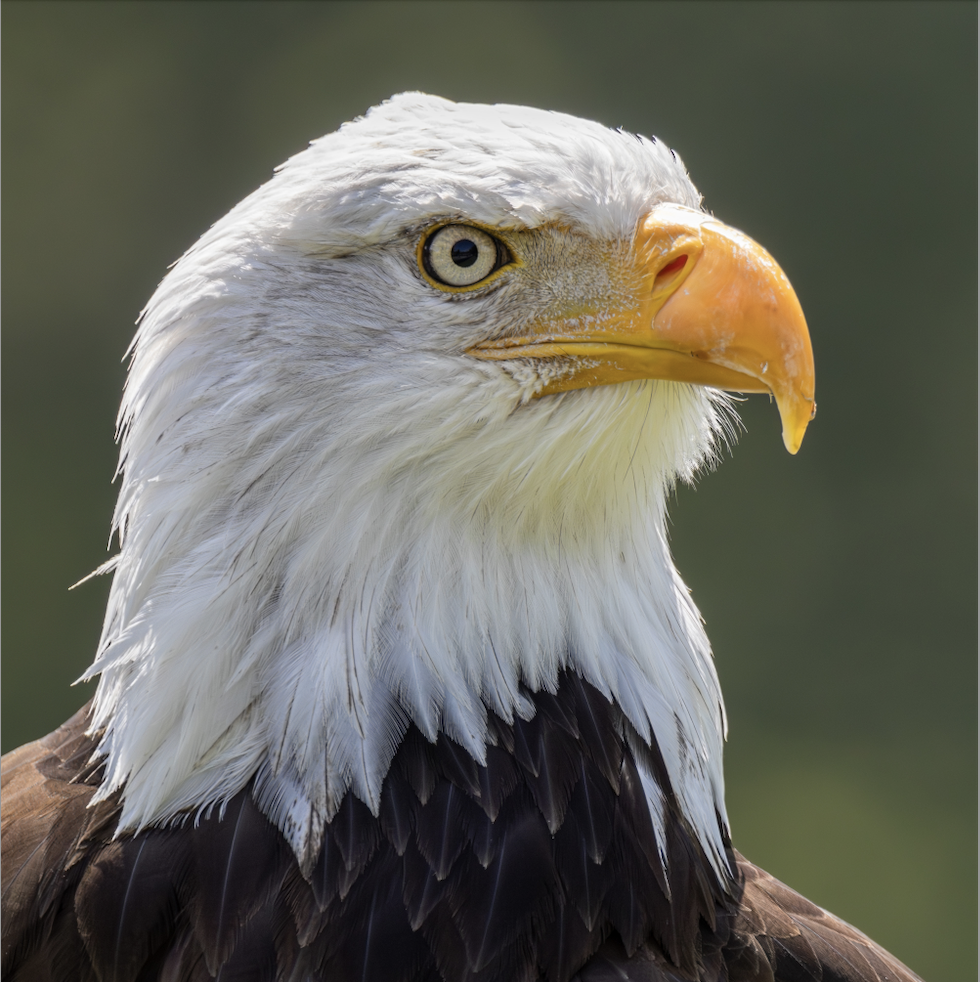Any other questions let me know 👍
- 31 Posts
- 73 Comments
No problem 😃
None of the following is necessarily the right way to do this, it just works for me.
I use Fast Raw Viewer to cull my images from the card. It’s very quick and has lots of useful tools for quickly analysing images and segregating them.
From there I store the images on my NAS.
I have various top level folders on the NAS by topic like holidays, portraits, wildlife, macro etc
Each top level folder will contain subfolders based on logical differentiators e.g wildlife–location, or Portraits --person
This makes it easy to find an image via folder navigation without going through lightroom.
For wildlife I visit the same places so i sequentially rename the new photos to continue from the last one in the sequence. E.g
Wildlife–Bempton–Bempton0000001.nef
I have one lightroom catalogue and I import the images into it from the folder.
I tag the images as I import them with useful tags. I have been meaning to add species to my wildlife images but that will take some weeks lol
Lightroom will let me find the images by folder or tag or exif data or date etc
I will score the images at this point which can help when searching.
Once imported I will select the ones I want to spend extra time on. Once any additional processing is done I might then use Topaz sharpen and denoise.
Lightroom’s noise reduction has gotten very good lately so I don’t tend to use denoise anymore.
If I want to print the image (rare) it will be on acrylic at 60x40cm so I might use Topaz gigapixel to upscale the image if it was a heavy crop.
I also use a screen calibration tool (Spyder) if I’m doing prints. Printing is a whole 'nother topic that I’m a complete amateur at.
I have Photoshop but I only use it for image stacking for macro and I’m sure you could get cheaper tools to do that with.
I hope that helps.
Thanks streetfestival 😊
There are many habitat restoration projects where I live. You can visit hundreds of hectares of fens and woodland within a few K’s of my home, and many more are created each year. It’s not all doom. I was a birdwatcher for decades before I picked up a camera to photograph wildlife. It was a way to remember some of the beautiful things I had seen, photography for me doesn’t replace the bird watching, it’s an addendum.
You’re doing very well with that setup, I am impressed 👍 And thanks for the photo.
I love that feeder as well, a great idea 😀 I’m not sure I wouldn’t just have a parakeet feeder if we got them regularly lol
I’ll see if I can find one that is a better peach colour lol
Thank you 😊
It was about this time I bought my Nikon D850 which, for many reasons, has much superior noise control than the Nikon D7200 I took this with. However, image processing technology has moved on so much that I find myself less concerned with noise now than ever before. I think, if I was taking this shot today, I would probably shoot at ISO 2000 on the D850 to give me the extra shutter speed. What I really need is f/4 500mm 😁
We get goldfinches but no chaffinches or greenfinches. I don’t think there is enough woodland for them, mostly farmland, but there are a lot of teasles, which the goldfinches love for their seeds.
I would love to see any pictures you have of the greenfinches, they are such beautiful birds.
Glad you like it 😊
Looks like everything is back 😀
Same, I have a lot of posts in c/birding that the images are now missing.
If I try to browse a link for one of the images I get:{ “msg”: “Invalid status: 403 Forbidden\n<?xml version="1.0" encoding="UTF-8"?>\n<Error><Code>AccountProblem</Code><Message>The account 100000171474 is currently inactive.</Message><RequestId>C14C38893B6BC619:A</RequestId><HostId>2OqFCOFQw5d5vBngMgMIw3fFj9j1T5BsCuovHiSn8HhP7U/xu28u/CX3U0UrkFZaZQbKfwJzmdz7</HostId><CMReferenceId>MTcwOTkwMjEwMTYwNCAxNTQuNDkuMjE1LjEwMCBDb25JRDoxODA2NjMxMy9FbmdpbmVDb25JRDoxODYyMzkvQ29yZTo3Mg==</CMReferenceId></Error>” }

 1·9 months ago
1·9 months agoThanks for the kind words.
The picture is called Waiting for her love. They pair for life and she looked like she was waiting for her mate to arrive after being out at sea since the last breeding season.
New Orleans, I bet you get some amazing wildlife in the bayou?
Wow, Chicago and NY, they are obviously far more cold tolerant than I gave them credit for. I’m expecting someone from Alaska along soon!
I have also seen two species of them in Rome, the rose-ringed and the monks (of which I have some poor quality photos) Climate wise, this is probably less surprising than northern Europe.
Exotic bird markets have long been a thing, so it may be that there have been many small introductions over the last millennia and perhaps further back, I found some references to Ancient Rome. Perhaps only more lately with warmer winters they have been able to establish proper breeding colonies. As an indicator species their movements might be quite telling.
Awesome! I love the fact that someone has taken the time to write this history and that the Hendrix mythology has made it into the book. Thanks for letting us know this exists 😀
That’s really interesting, thanks Drempels.
London is 51.5° North and Düsseldorf is 51.2° so basically the same, but your winters are a lot colder than ours I imagine, meaning our parakeets can live in places further North, like Durham.
There are many rumours about how they got loose in the UK. One is a music video/film with Jimmy Hendrix at Elstree studios in Borehamwood where they were released as part of the production. There are quite a lot of them in that area so it may be true 🫨
Wow, those parakeets get everywhere! How far North in Europe are you? We get them occasionally in East Anglia but with greater frequency. In London I can show you dozens in some of the parks. They have even been seen as far North as Durham.
Lovely photos by the way 👍



Fibre is probably good for you, if you have a normal gut.
I’ve found that everyone’s IBS is different and reacts differently to different foods or environmental factors such as stress. So generalisations are often a good place to start, if you’re newly diagnosed, but over time you will learn what works for you. That said, it sounds like you’ve made good progress, so do what’s right for you and your wellbeing.
Take from the following what you will.
I was diagnosed as a child, a very long time ago, with IBS-C and told to eat lots of fibre.
The problem is fibre draws water into the intestines which, in theory should make your stool easier to pass. Sounds great if you don’t shit regularly.
However, if you have a constriction caused by a spasm/contraction of the muscles in your gut - the cramps- you just end up with a very large ball of indigestible fibre and water and shit being forced against the spasming muscles and lots of pain and bloating.
Eventually, the cramps relax and you get explosive diarrhea. Yay!
As a generalisation; I have heard from people with IBS-D that any fibre just causes irritation of their intestines and bowel and just more explosive shitting and cramps than normal.
Either way it seems like it should be avoided.
For what it’s worth I found four things helpful for my IBS, lower my carb and sugar intake. Low fibre, dark chocolate and acupuncture.
The dark chocolate was a pure accidental discovery. I was being a pig many Christmases ago and ate a lot of dark chocolates in one sitting. The next day I had a normal dump. I connected the dots and as an ex-scientist I was interested so I did some reading and found dark chocolate contains a good dose of bioavailable magnesium. That gives me the benefit of fibre without the physical mass or irritation it causes. I tried magnesium supplements but they didn’t have the same effect. I eat one small bar of 70-85% Coco solids a day. My wife, who has IBS-D, just gets the shits from eating it, which is perhaps not surprising.